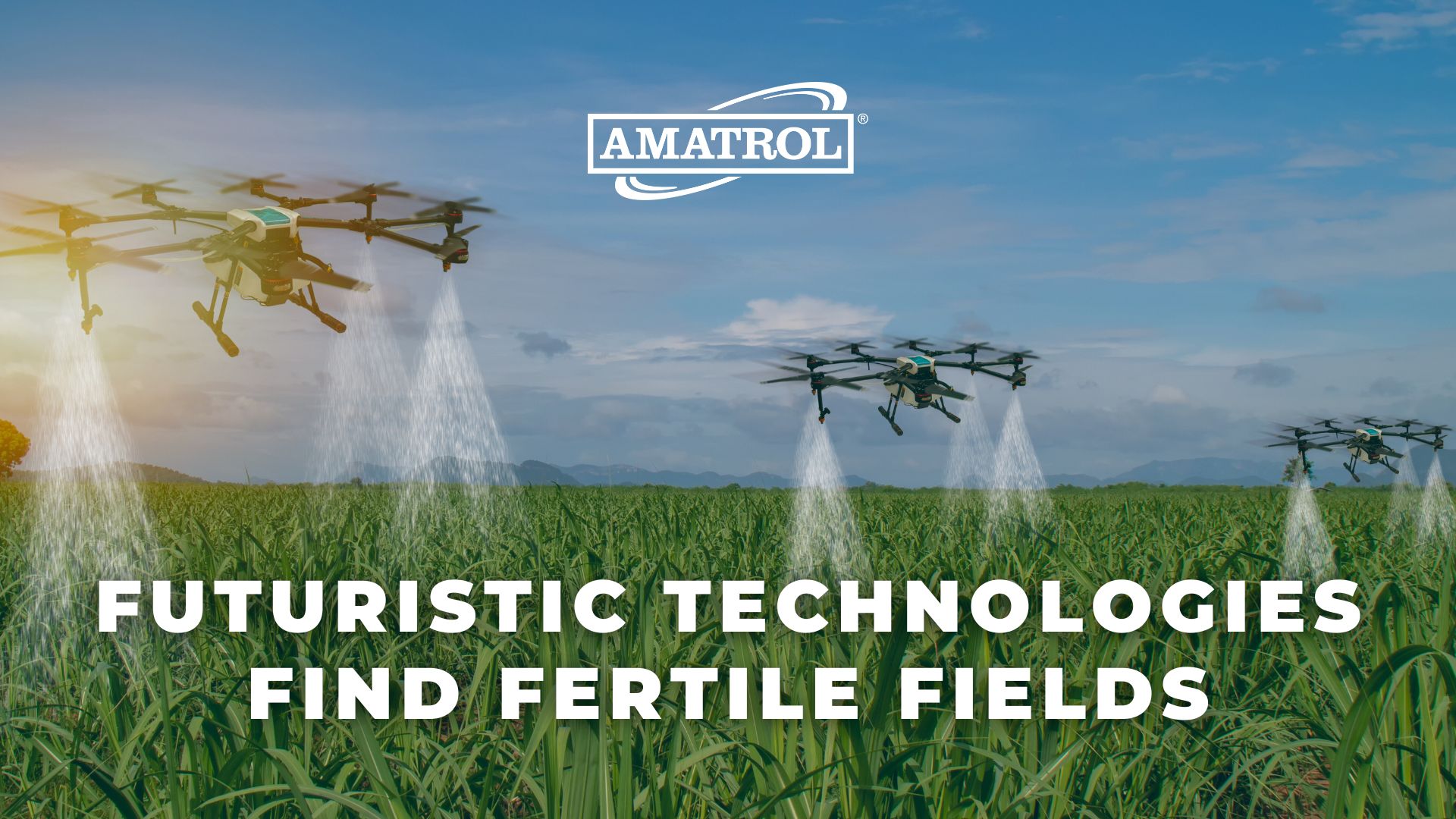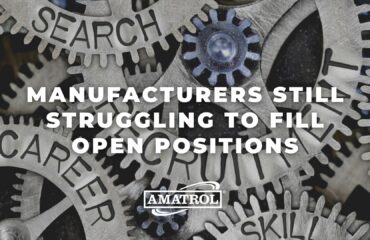The inflation that followed the COVID-19 pandemic hit especially hard at one particular location: the grocery store. Rising food prices made it more expensive whether you chose to eat at home or out at your favorite restaurant.
The law of supply and demand doesn’t bode well for price decreases in the near future. Since we need to eat to live, the demand for food is somewhat inelastic. Of course, demand for particular types of foods fluctuates, as does demand for prepared foods vs. raw foods. Overall, though, demand for most types of foods will remain fairly constant without huge fluctuations.
As for supply, can’t farmers drive prices down simply by growing more food for consumers to eat? That sounds like a reasonable solution, until you take into account the ever-expanding world population. According to a recent IndustryWeek article by Deana Kovar, “[t]he world population is expected to reach nearly 10 billion people by 2050, and farmers are on the front lines of feeding them.”
Kovar notes that “[t]his population change will call for a 50% rise in the demand for food, meaning farmers will need to grow more food while using the same or fewer resources. They’ll also have to make this step-function change in productivity and efficiency in the face of numerous challenges inherent to agriculture such as unpredictable weather, labor shortages and less arable land.”
In a typical industry setting, increasing supply to meet increased demand would be met with a wide variety of solutions targeted at increasing both productivity and efficiency. In the last several decades, those challenges have been met more often than not by developing and implementing advanced automation technologies.
While the farm fields of America might not be the first place you’d expect to find advanced automation technologies, you might be surprised by the innovations revolutionizing modern agriculture. Kovar points out that “[s]mart robotic machines amplify the senses farmers already use every day, allowing them to scale those senses while making their observations quicker, more efficient, and more precise.”
She provides a few examples of ways in which today’s farmers are making the most of modern automation technologies:
- “Computer vision, a type of AI, helps farmers ‘see’ beyond human capacity. AI shows what’s happening at critical junctures, informing important, in-the-moment decisions. For example… technologically advanced farm equipment leverages computer vision and machine learning to detect the difference between plants and the weeds that threaten their health, so only the weeds are sprayed with herbicides…Computer-vision-enabled agricultural equipment can complete more tasks and focus on growing healthier, more successful crops with fewer herbicides. The result saves on cost while simultaneously improving environmental stewardship.”
- “By using GPS to map the boundaries of a field and its crops within an inch of the corners, a farmer can “drive” an autonomous tractor from a smartphone, or depend less on human labor in short supply to navigate the fields. By automatically steering according to the GPS boundaries, the tractor can minimize passes in the field, compacting the soil less and preventing crops from being trampled. GPS also frees farmers up for other high-value tasks, such as analyzing data from the machines to better inform their next steps of the season.”
- “Today, farmers have access to real-time data that shows what’s performing and what isn’t. With this data, farmers can proactively manage their day, improve productivity, and increase confidence that jobs are executed as planned and with sustainability in mind. Just as consumers are constantly learning and evolving to be more sustainable, so are the farmers providing us with food, fuel, and fiber. For them, it’s a matter of adjusting to changes in the natural world and the impacts of urbanization and adopting technology to address these issues. With innovations such as AI, sensors, GPS, and data analytics, farmers can maximize their output and support our growing world while maintaining the land we all hold so near and dear to our hearts.”
How can educators and industry partners teach the next generation of agricultural workers the advanced automation skills they need to optimize these new technologies? For starters, they don’t need to do things by themselves. A collaboration with an experienced industry training partner is a great place to start.
Amatrol has been working side-by-side with educators and industry for more than 30 years. The world’s leader in comprehensive technical training, Amatrol’s Agritech training systems combine state-of-the-art eLearning curriculum with hands-on skill development on training systems that feature industry-standard components. Contact Amatrol to learn how to take your agricultural training program to the next level!





